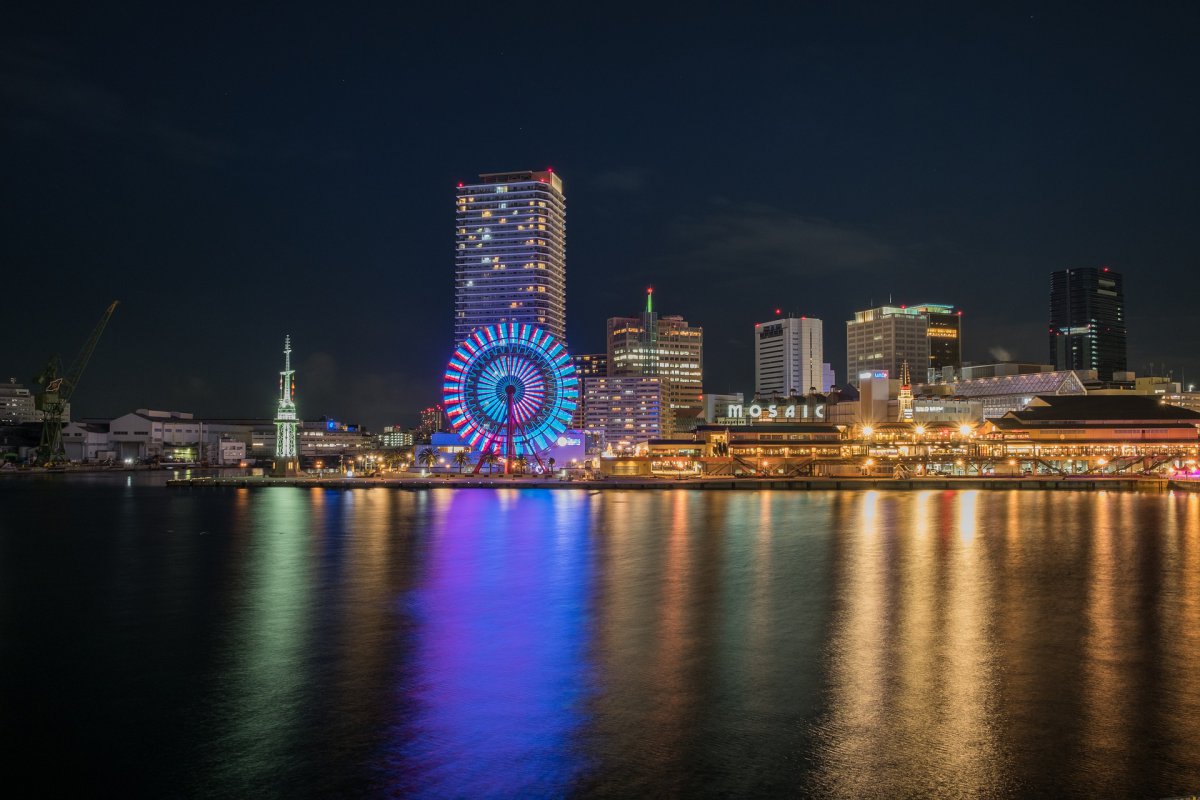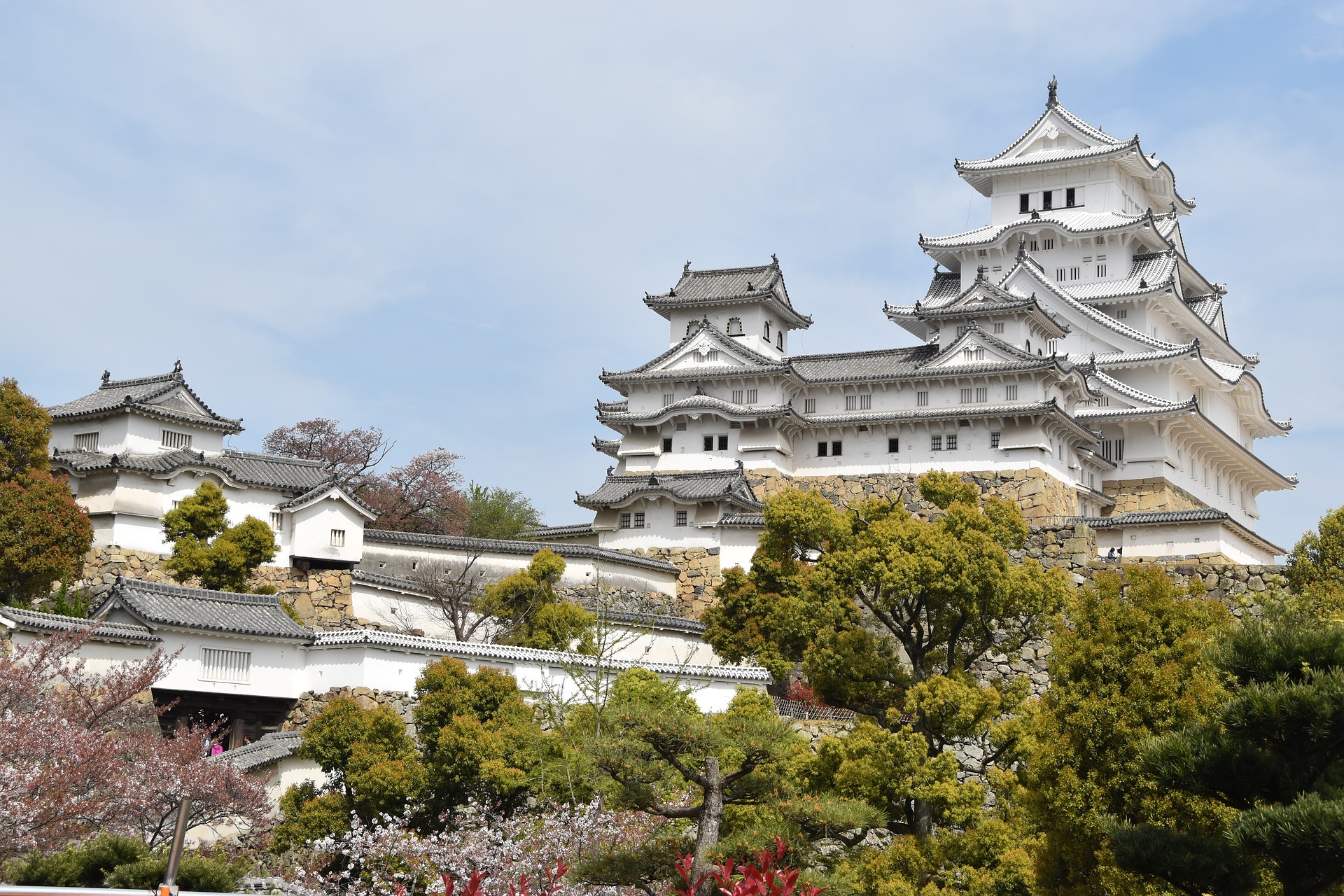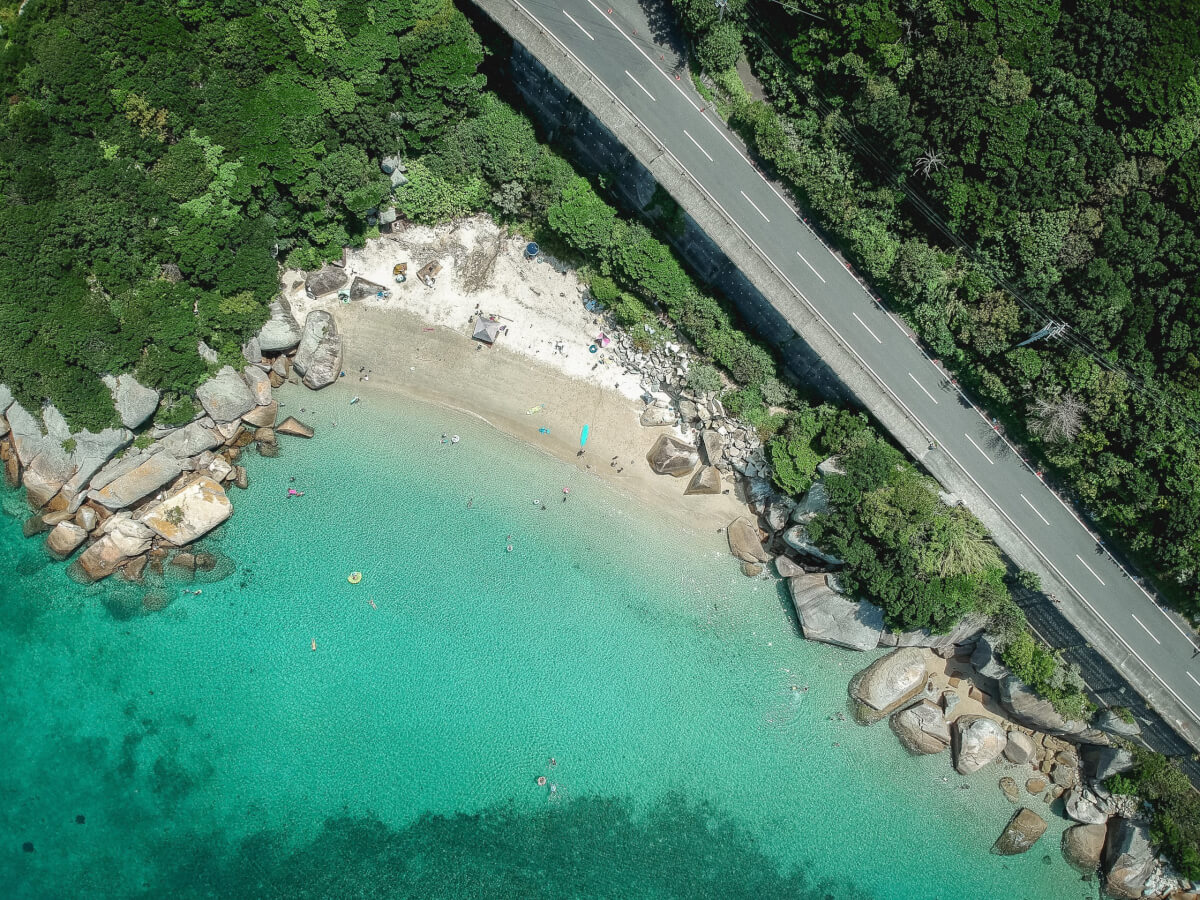Traditionally, Japan can be divided into nine regions, subsequently each region consists of several prefectures. The regions are based on their geographical and historical background but do not function as administrative, independent regions. Each region has its own dialect, customs, and unique traditional culture and different regions can offer striking contrast in everything. For example people from Osaka (Kansai) more direct than Tokyoites (Kanto), but also the cuisine and tradition can be very different.
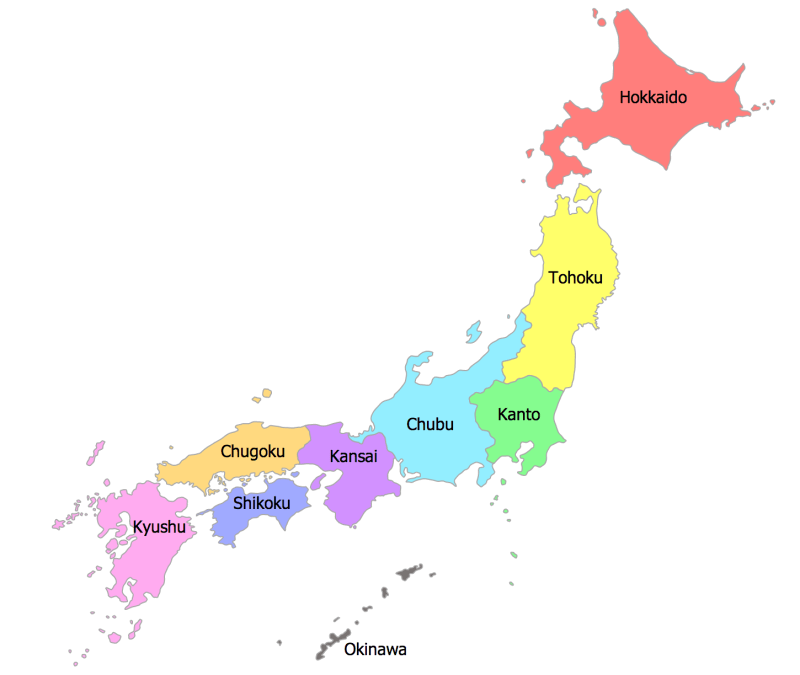
Kansai Region – 関西地方
The Kansai Region, also known as Kinki Region, is located in the southern-central region of Japan’s main island. Each prefecture in Kansai has its unique character and offers so many tourist attractions from vibrant cities to tranquil nature, modern architectures to traditional buildings, and onsen (hot spring) resorts to spiritual mountains. Kansai is the most visited region in Japan together with Kanto Region where Tokyo is situated. In this article, we present overview of main attractions of each prefecture to help you plan your next trip to Kansai.
Highlights of Kyoto – 京都
Kyoto was Japan’s capital for over 1,000 years and is home to numerous historically important and famous temples, shrines, palaces, and castles. The city is also famous for several spots where traditional atmosphere remains with stone-paved streets and classic houses, shops and teahouses. Kyoto is one of the top tourist destinations in the country all year round!
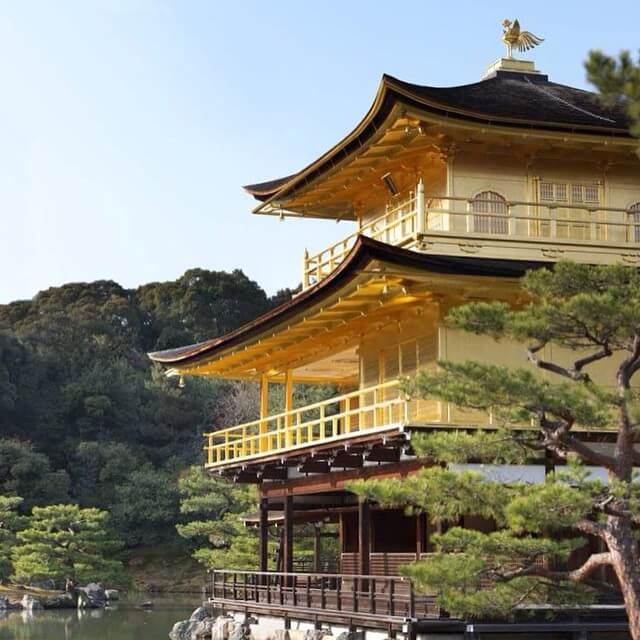

In the north part of Kyoto, you will find Kinkakuji Temple, which is a golden Buddhist temple, and Ryoanji Temple, another Buddhist temple known for its beautiful rock garden. In the south of the city stands Fushimi-inari Taisha Shrine with its vermillion torii gates and listed as the most visited tourist spot in Japan.
The east part of Kyoto is known as Higashiyama District and there are famous temples such as Kiyomizu-dera Temple and Sanju-sangendo Temple. The popular Gion district that is often described as the geisha district also lies in the east part of the city. Here you will find many traditional buildings serving as restaurants, cafes, bars and shops, and if you are lucky, you may encounter a geiko or maiko.
The west part of Kyoto is called Arashiyama, well-known for its bamboo forest, another popular tourist destinations in Kyoto. Finally in the central part of the city, there are major important constructions including Nijo Castle and Kyoto Imperial Palace.
▼ For a Geisha Performance and green tea alongside a Gion Walking Tour with a seasoned guide click here!
Highlights of Hyogo – 兵庫
Hyogo is located west of Osaka and Kyoto. Its capital, Kobe, is a cosmopolitan port city with Mount Rokko in the background, offering stunning panoramic views of both Kobe and Osaka. The prefecture’s top tourist destinations include famous onsen resorts Arima Onsen and Ako Onsen, Himeji Castle, Takeda Castle Ruins, and Uzushio, the world’s largest whirlpool.
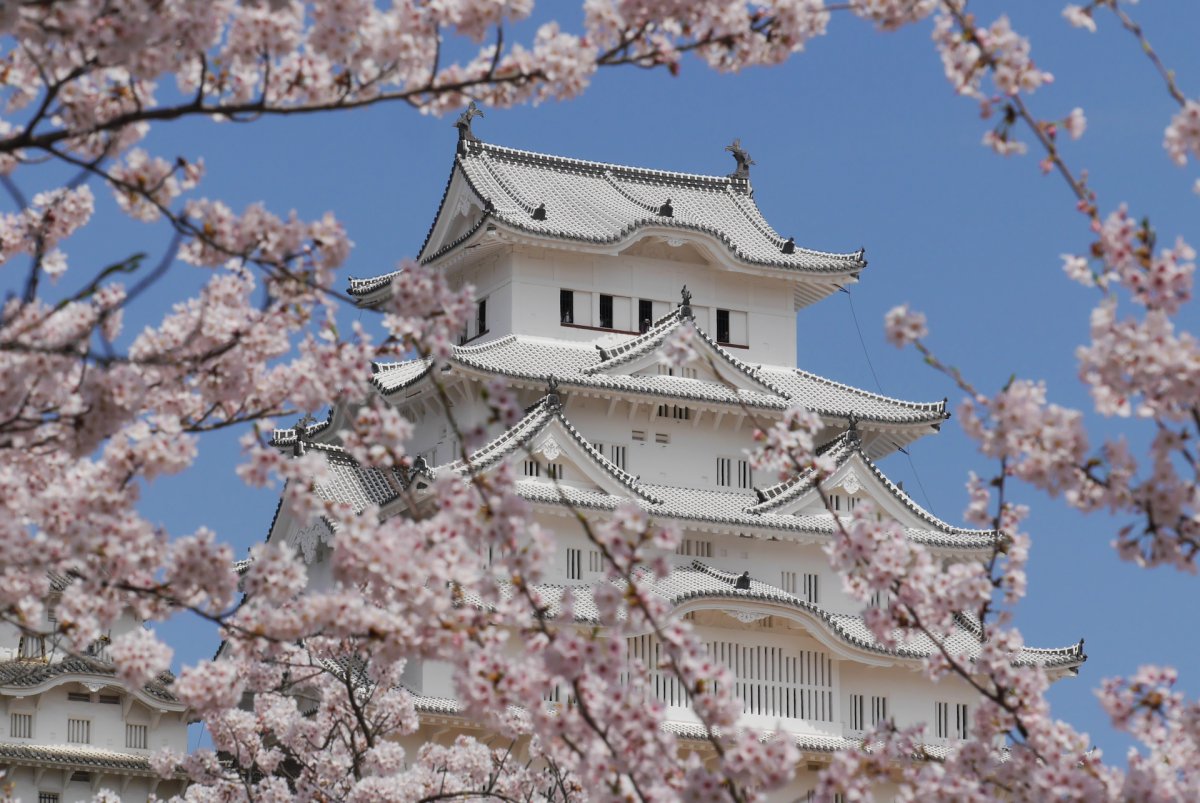
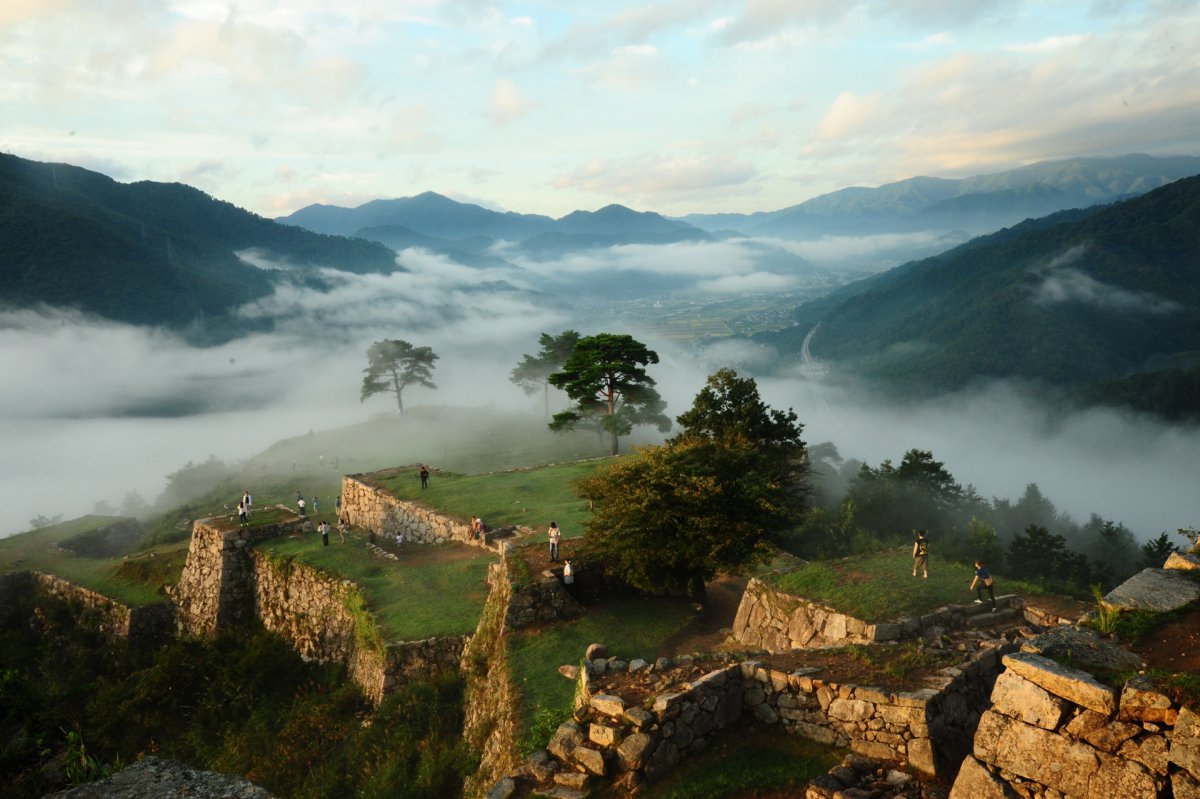
Other must visit places in Hyogo are Shoshazan Engyo-ji Temple, located at the top of Mount Shosha, which is often used as a film set for historical movies and TV drama, and Amarube Bridge.
Highlights of Nara – 奈良
Nara Prefecture is most known for two things: the Great Buddha in Todaiji Temple and free-roaming deer in Nara Park. With 15 meters in height, the Great Buddha in Nara is Japan’s one of the biggest bronze statues. The main hall of Todaiji Temple which houses the Great Buddha and was reconstructed in 1692 is one of the biggest wooden buildings in the world. Deer is the symbol of the city and more than 1,200 deer can be found in Nara Park. They are considered to be sacred and have even been designated as a natural treasure.
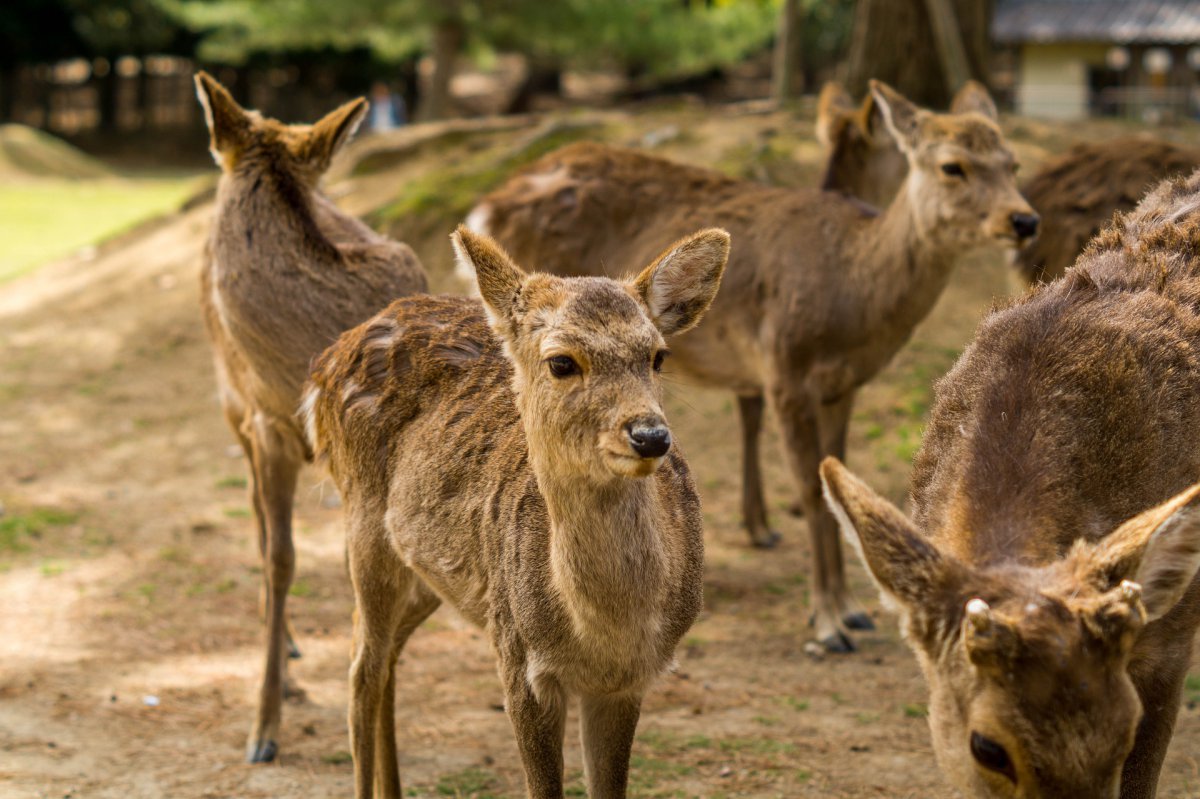

Nara also offers several other historically important sites including Horyuji Temple, Omiwa Shrine, that is believed to be one of the oldest existing Shinto shrines in the country, and Kashihara Jingu Shrine.
In Nara you can also find beautiful natural sceneries such as Mount Yoshino, one of the most famous cherry blossom viewing spot in Japan, and Soni Highland that is covered with Japanese pampas grass. Other must visit places in Nara include Naramachi, a district with historical buildings, Muro Art Forest, a park with several large outdoor art installations, and Tanize Bridge, one of the longest suspension bridges in Japan.
Highlights of Osaka – 大阪
Osaka is the economic and political centre of west Japan and one of the most urbanized cities in the country along with Tokyo. It is also known as the culinary capital of Japan and is the birthplace of some delicious Japanese dishes like okonomiyaki and takoyaki. Osaka’s can be roughly divided into 5 districts, central Osaka, north, west, south, and Osaka bay area, that each have their own must visit places!
Dotonbori and Namba area in Central Osaka are the most famous and popular tourist destinations in Osaka City. Filled with gaudy neon lights and a wide variety of restaurants and bars serving yummy local food. This buzzing entertainment district is also well-known for its iconic huge signboards of Glico’s Running Man.
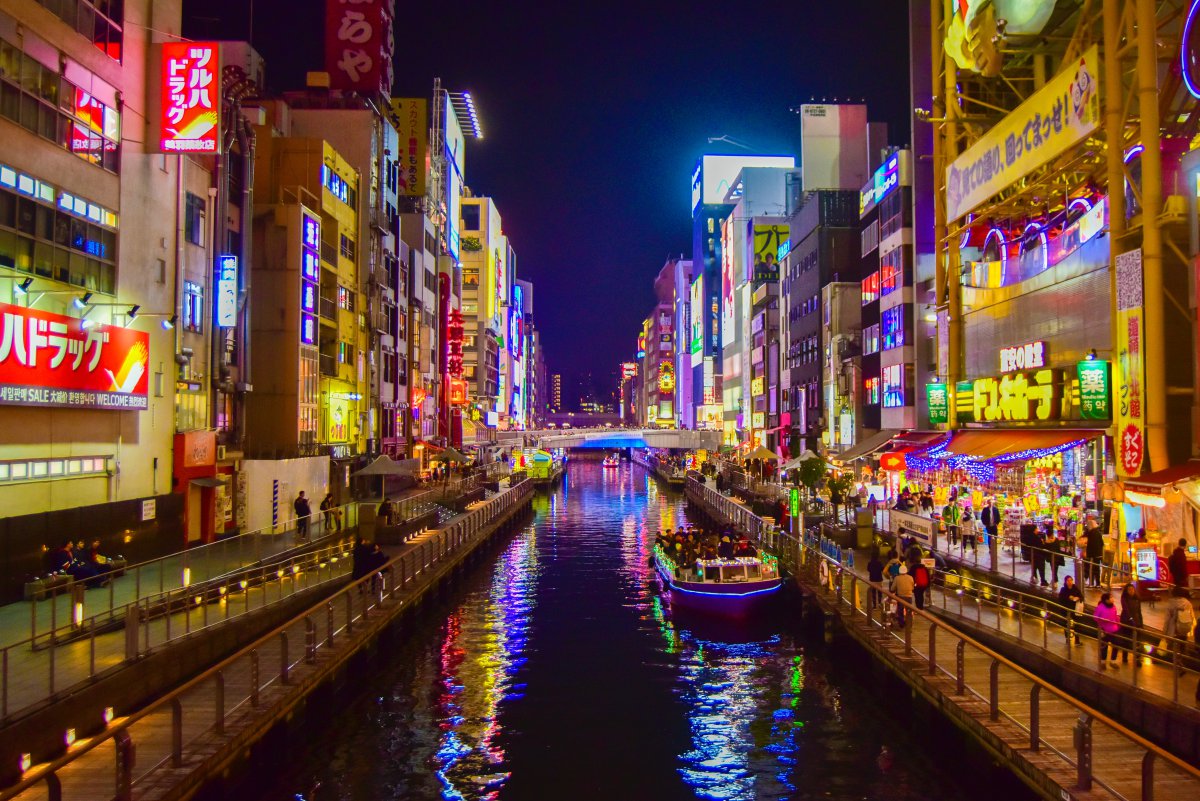
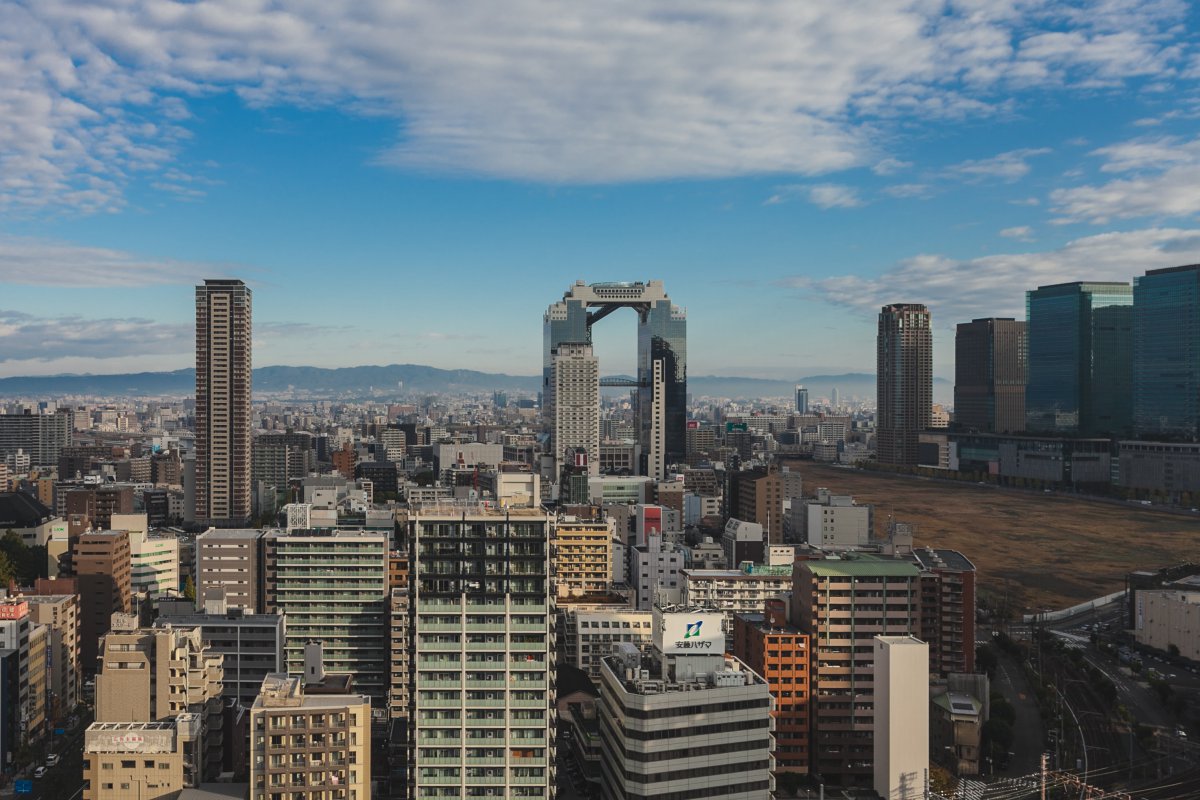
Umeda area in Northern Osaka is relatively newly developed area and the city’s transportation and business hub. There are many modern large buildings for shopping and dining in this area including Umeda Sky Building, Grand Front Osaka, and Osaka Station City.
Osaka Castle, one of the symbols of Osaka, is situated in Western Osaka. The castle along with large pleasant Osaka Castle Park is another popular tourist destination in Osaka where you can learn history of Osaka and enjoy beautiful nature.
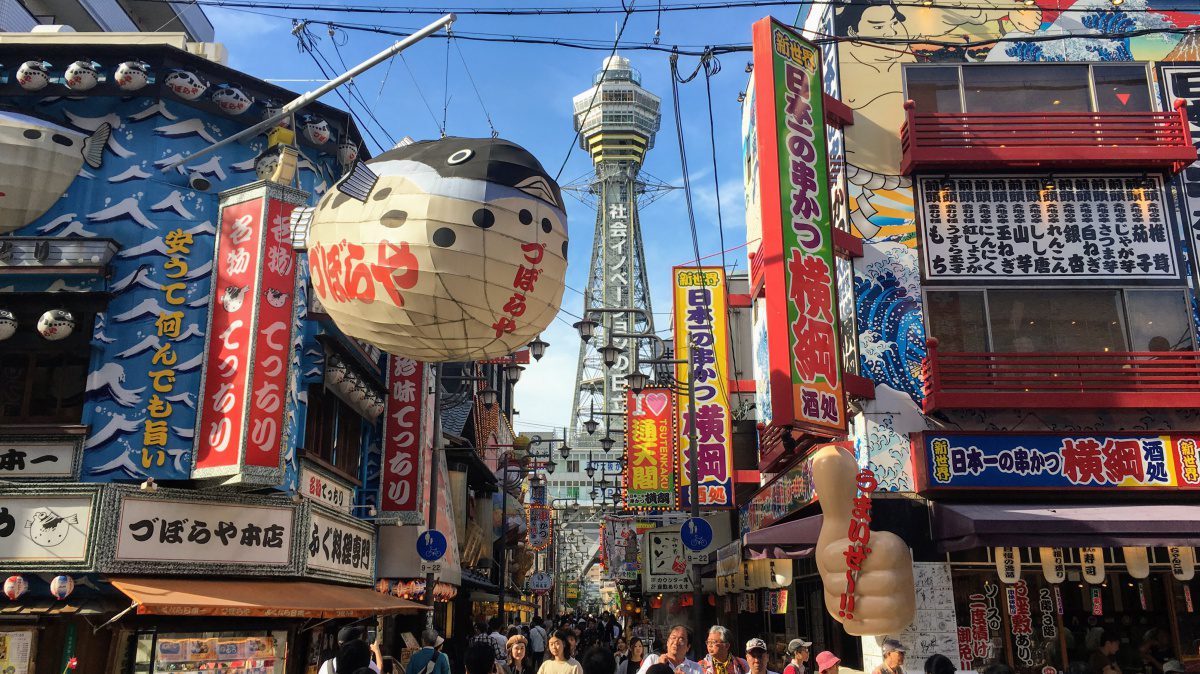
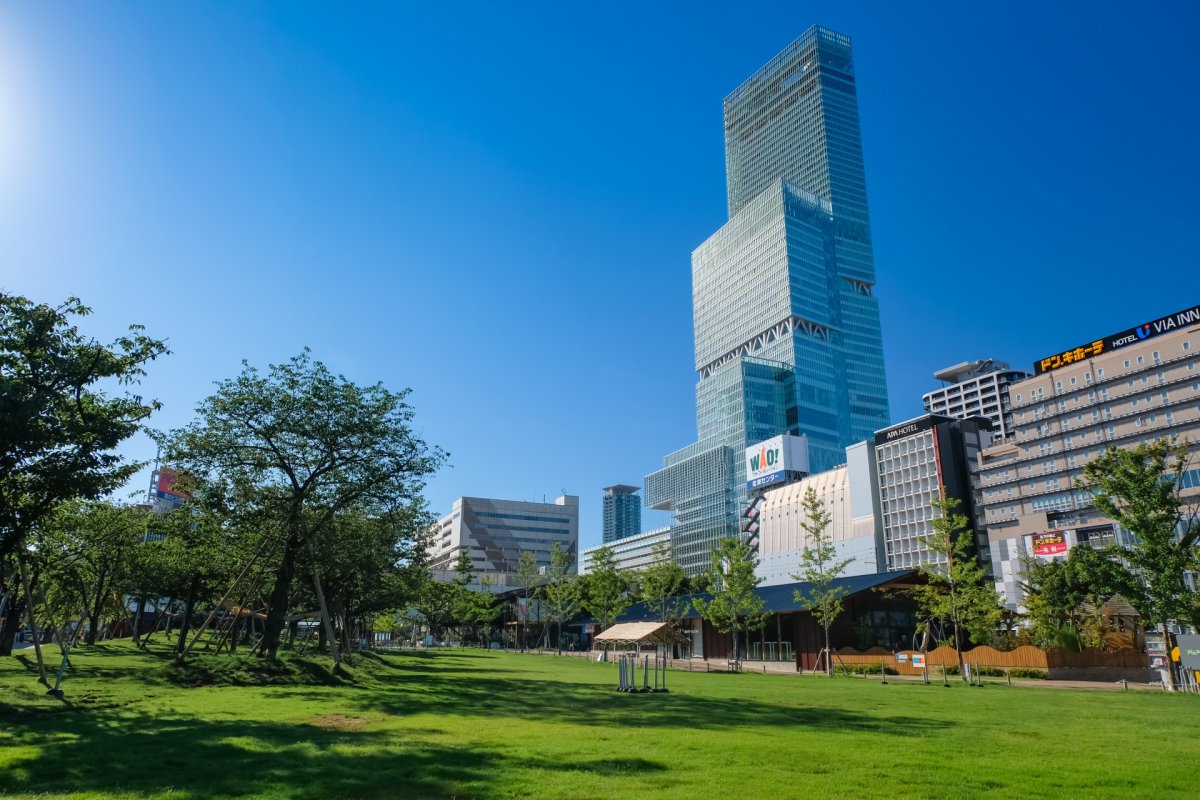
Shinsekai and Tsutenkaku in Southern Osaka were founded as in entertainment district in the early 20th century and now the area is filled with inexpensive shops and eateries. Today the area is popular for its somewhat nostalgic atmosphere of Showa Period (1926-1989). Not far from Shinsekai and Tsutenkaku stands Abeno Harukas, the tallest building in Japan.
Lastly, Osaka Bay Area is most famous for Universal Studio Japan (USJ), one of the most visited theme parks in Japan. Osaka Aquarium Kaiyukan can be found in the same area as USJ and displays wide range of marine creature that live in the Pacific Rim.
Highlights of Shiga – 滋賀
Located east of Kyoto, Shiga Prefecture encircles the nation’s largest freshwater lake, Lake Biwako. Biwako Terrace is a sophisticated resort sitting on Mount Uchimi and Mount Horal and offers stunning scenery of Lake Biwako. By the shore of Lake Biwako, you will find Ukimido, which is also known as the “floating temple hall” at Mangetsuji Temple.
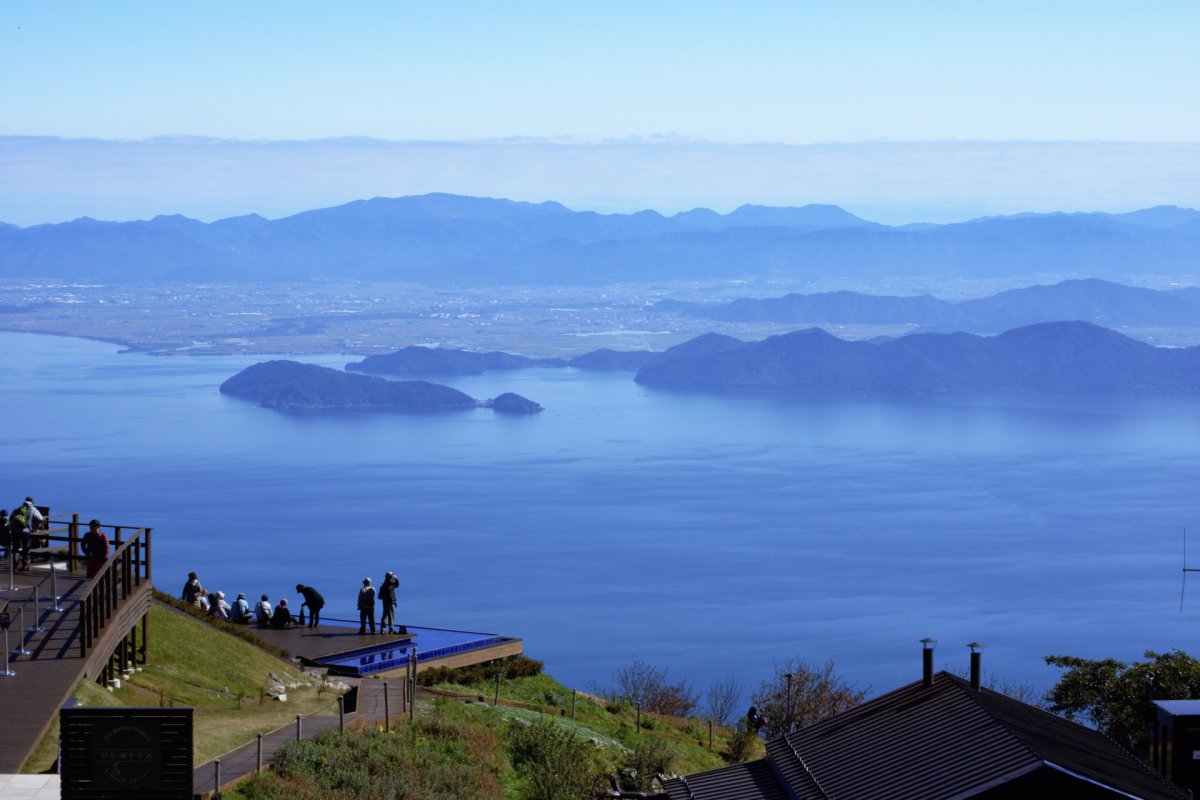
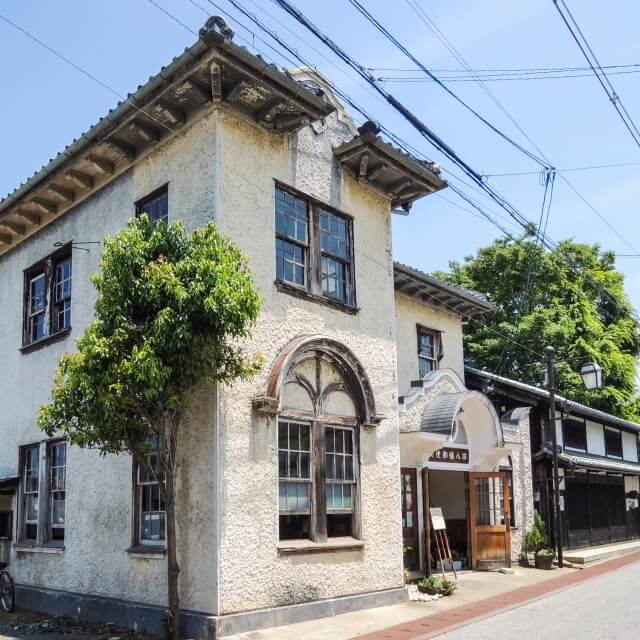
Another highlight of the prefecture is Hikone Castle, one of the 12 castles in Japan with original keep and one of the five castles listed as a national treasure. Omihachiman is a former small castle town and commercial city constructed in the 16th century, and today you can explore well-preserved townscape with traditional residential houses and warehouses in the area. The prefecture also offers historically important shrines and temples such as Hieizan Enryakuji Temple, Ishiyama Temple, and Taga Taisha Shrine. Other most visited places in Shiga include La Collina, Miho Museum, and Tanuki Village.
Highlights of Wakayama – 和歌山
Wakayama Prefecture is located situated south of Osaka. Its capital is Wakayama city whose main attraction is the Wakayama Castle. Wakayama is often said to be the spiritual home of Japan for its famous large religious sites. Kumano Nachi Taisha is a Shinto shrine in Nachi Mountain where you can see the influences of Buddhism as well as Shintoism coexisting harmoniously. In the Nachi Mountain there are hiking trails that are part of the Kumano Kodo Pilgrimage routes. Another famous religious site in the prefecture is Mount Koya, which was founded in 819 by a monk named Kukai or Kobo Daishi who introduced Shingon Buddhism in Japan.
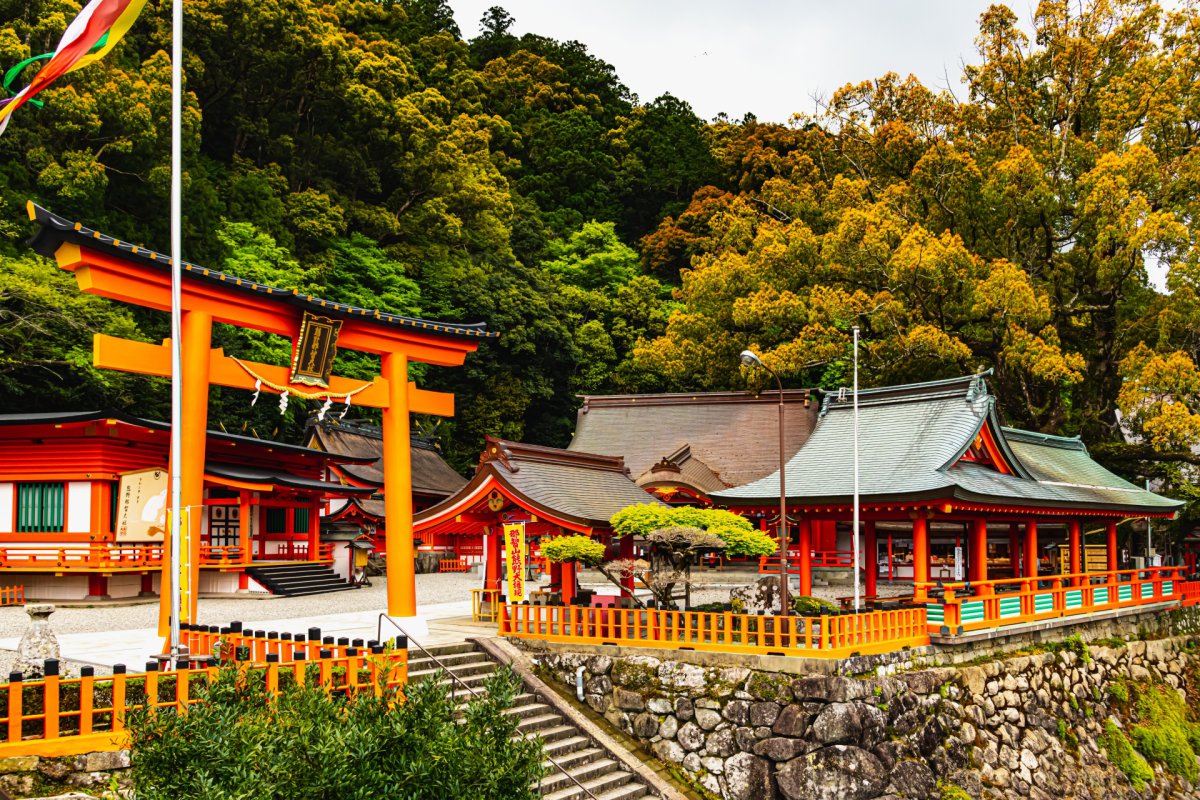
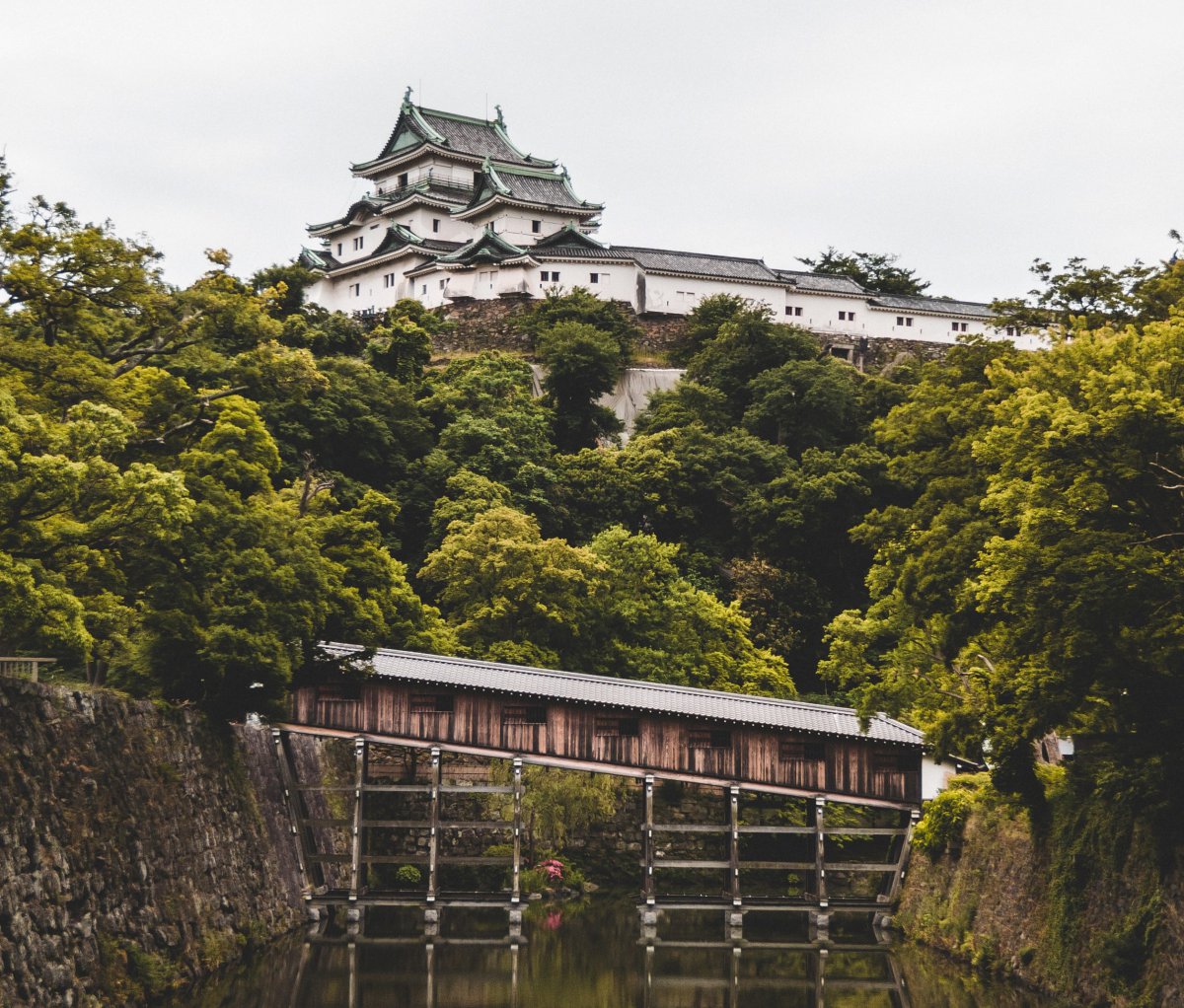
Wakayama also offers beautiful nature such as the sparkling white sand beach of Shirahama Beach, a pleasant onsen resort, Hashigui-iwa Rocks, and Tomogashima, a group of islands off the coast.
Tours in Kansai Region
If you need some help organizing your trip to the Kansai Region, we can help you put together an itinerary or we can arrange a private tour for you. We have several options for tours in Osaka, Nara, and Kyoto to make the most out of your time in Japan! All tours can be modified according to your needs and wishes. Check out our private tours for more information.
- Kyoto Private Full Day Walking Tour
- Nara Highlights Private Walking Tour
- Osaka Highlights Private Walking Tour

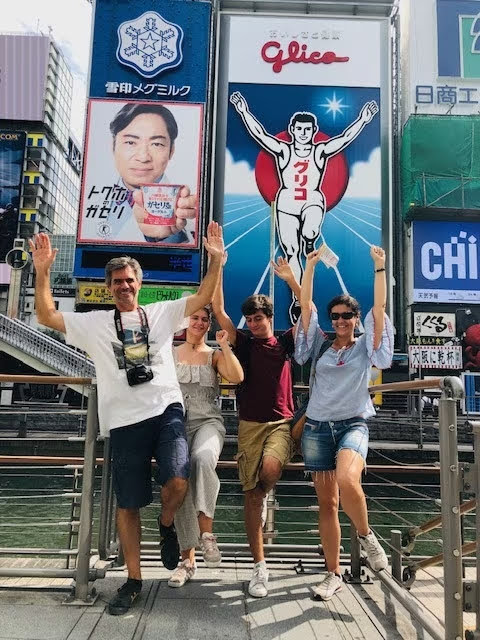
More about Kansai Region

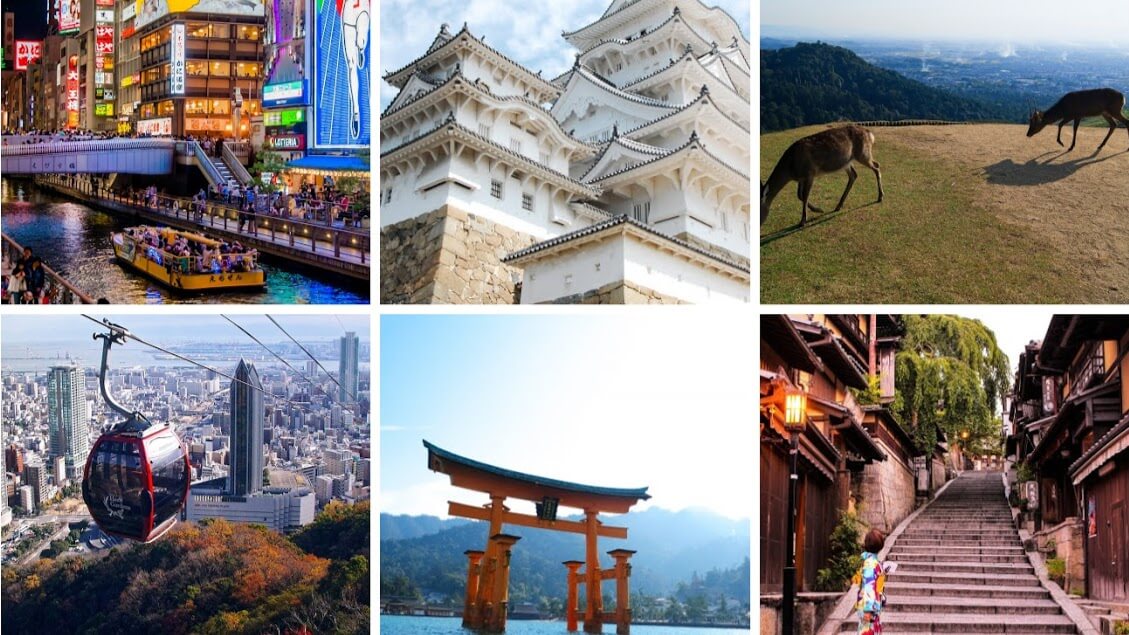

In Kansai Region, you will find many historically important constructions, spiritual sites, traditional townscapes, beautiful nature along with modern architectures and exciting shopping and dining experiences in buzzing cities. Plan ahead and plan well before heading to Kansai to make most out of your stay.
Follow us on Instagram or Facebook for more travel inspiration. Or tag us to get featured!
Happy travelling!
This post contains some affiliate links. When you click through and make a purchase we may receive some commission, at no extra costs to you.
